
Mirror Pond area of Eanes Creek in the preserve
| This property was Austin's first designated nature preserve, established in 1935. The main dam that created Mirror Pond has been washed away, but several sections of concrete and stone edges remain, along with an old picnic table hidden in the woods. |
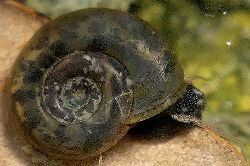
Unknown sp. (ramshorn snail)
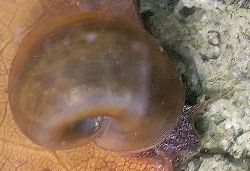
Unknown sp. (ramshorn snail)
| Members of the family Planorbidae, ramshorns are able to extract oxygen more efficiently than most other freshwater snails because their blood contains hemoglobin rather than hemocyanin. They breathe air through a single large lung: the spotted areas visible through the translucent shells of the individuals shown above. |
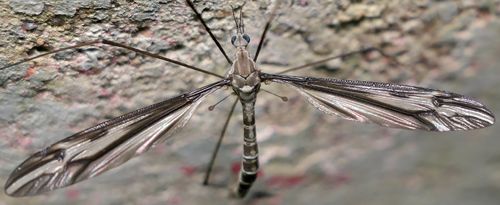
Tipula sp. (crane fly)
| Crane flies, like all Diptera, have only two wings. Their second pair has evolved into halteres: thin, knobbed balance organs that oscillate during flight. |
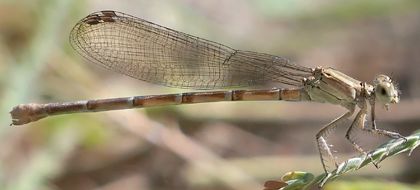
Argia sedula (blue-ringed dancer, female)
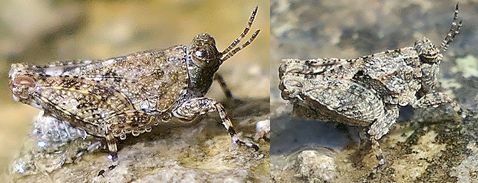
Paratettix aztecus & Paratettix mexicanus (pygmy grasshopper nymphs)
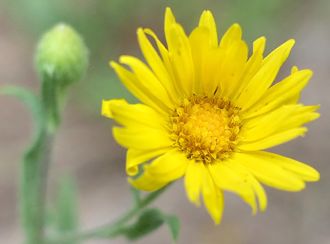
Heterotheca subaxillaris (camphorweed)
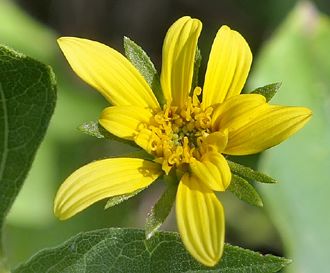
Viguiera dentata (plateau goldeneye)
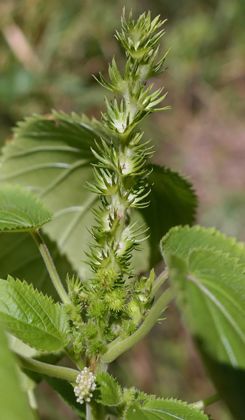
Acalypha ostryifolia (hop-hornbeam copperleaf)
| Weeds are often wildflowers that don't have particularly pretty (to us) blossoms. That certainly describes this euphorb. The male flowers are axillary (white cluster at bottom) and the female are terminal (green clusters in middle). The most noticeable features are the large bracts that form around the seeds at the top. |
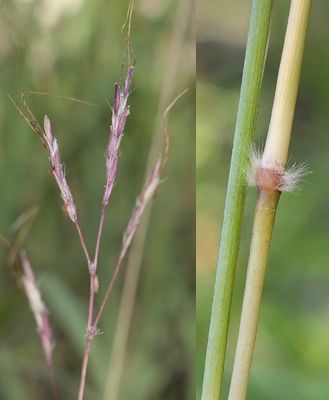
Dichanthium annulatum (Kleberg bluestem)
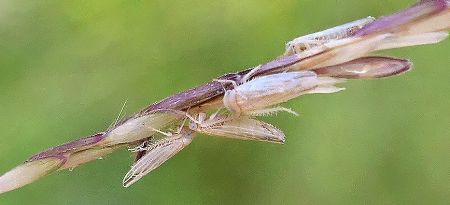
Balclutha sp. (leafhoppers)
| Although Kleberg Bluestem is non-native, these leafhoppers are extremely well-camouflaged on the plant's seeds. |

Neptunia lutea (yellow puff)
| This plant, like other "sensitive briars," exhibits rapid plant movement in response to touch and darkness. |
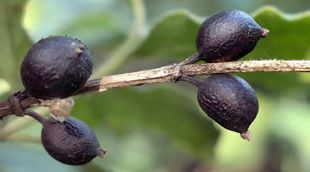
Garrya ovata (Mexican silktassel)
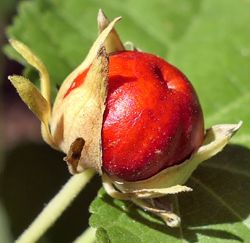
Malvaviscus arboreus (Turk's cap)

Buddleja racemosa (wand butterfly-bush)
| Endemic to the southern edge of the Edwards Plateau, Wand Butterfly-bush grows on rocky edges of creeks. You can see it on the cliff face if you visit the area illustrated at the top of this page. |
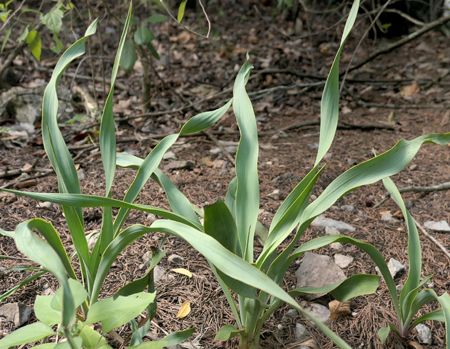
Yucca rupicola (twisted-leaf yucca)
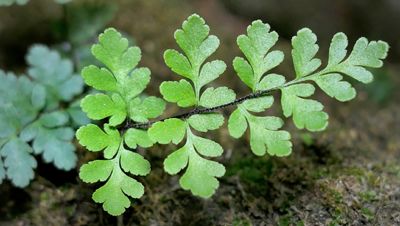
Cheilanthes alabamensis (Alabama lip fern)

Adiantum capillus-veneris (southern maidenhair fern)

Fissidens obtusifolius (blunt-leaved pocket moss)
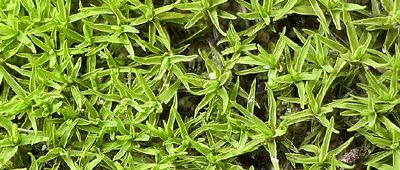
Atrichum angustatum (slender starburst moss)

Marchantia polymorpha (common liverwort)
| The cups visible on the flattened thallus of this plant contain gemmae. A form of asexual reproduction, these are tiny disks of haploid tissue that, after being dislodged by rain, will germinate if they fall on a surface with suitable growing conditions. |

Coenogonium implexum (pixie-hair lichen)
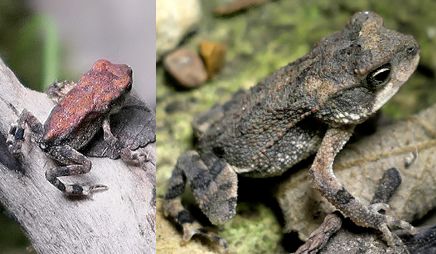
Bufo nebulifer (Gulf coast toads)
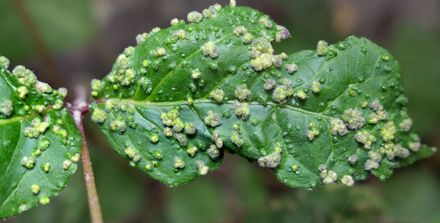
Aculops rhois (poison ivy leaf gall mites)
| These leaf galls are actually little pouches, with the microscopic mites that caused them living inside. I find it curiously satisfying to compare the disfigurement of the leaves to the rash that Poison Ivy's urushiol can cause on human skin. |
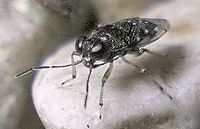
Micracanthia sp. (shore bug)
| While all true bugs (Hemiptera) ingest liquids through a tube (visible under the head of the 2.5 mm long insect shown above), they vary in just what they eat. The shore bug and the strider shown below are both predators/scavengers, while the coreid bug shown next is herbivorous. Its proboscis is inserted into the plant on which it rests.. |

Microvelia sp. (small water strider)
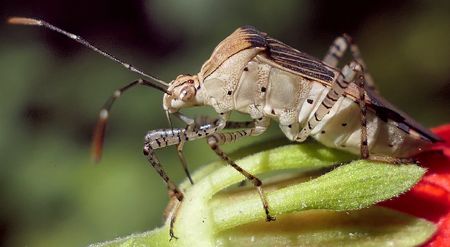
Hypselonotus punctiventris (coreid bug)

Rasahus hamatus (assassin bug)
| The aposematic coloration on this predatory bug is a warning to its own attackers. The tube through which it feeds can also deliver a dose of venom, much like a wasp sting. I once carelessly handled a small nymph of this species (also very colorful - I should have heeded that clue) and the bite I received was quite painful! |
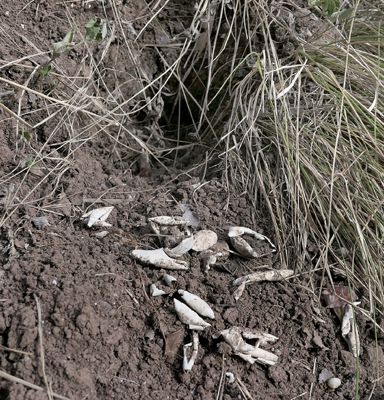
Unknown sp. (predated turtle nest)
| Considering how often turtle nests are found in this condition, it is remarkable that any eggs survive long enough to hatch. Many mammalian predators seem to have no problem sniffing out a fresh clutch. |

![]()